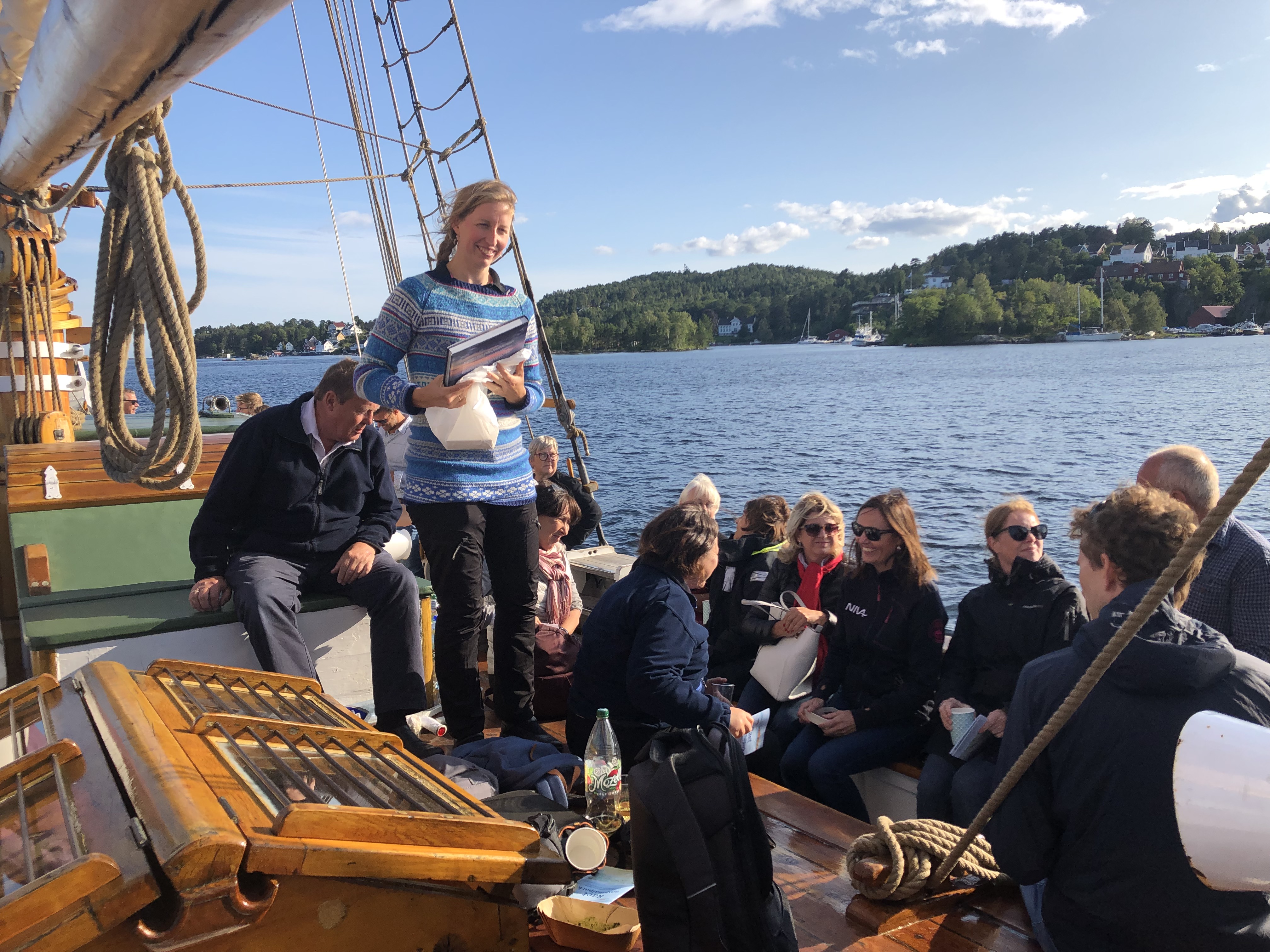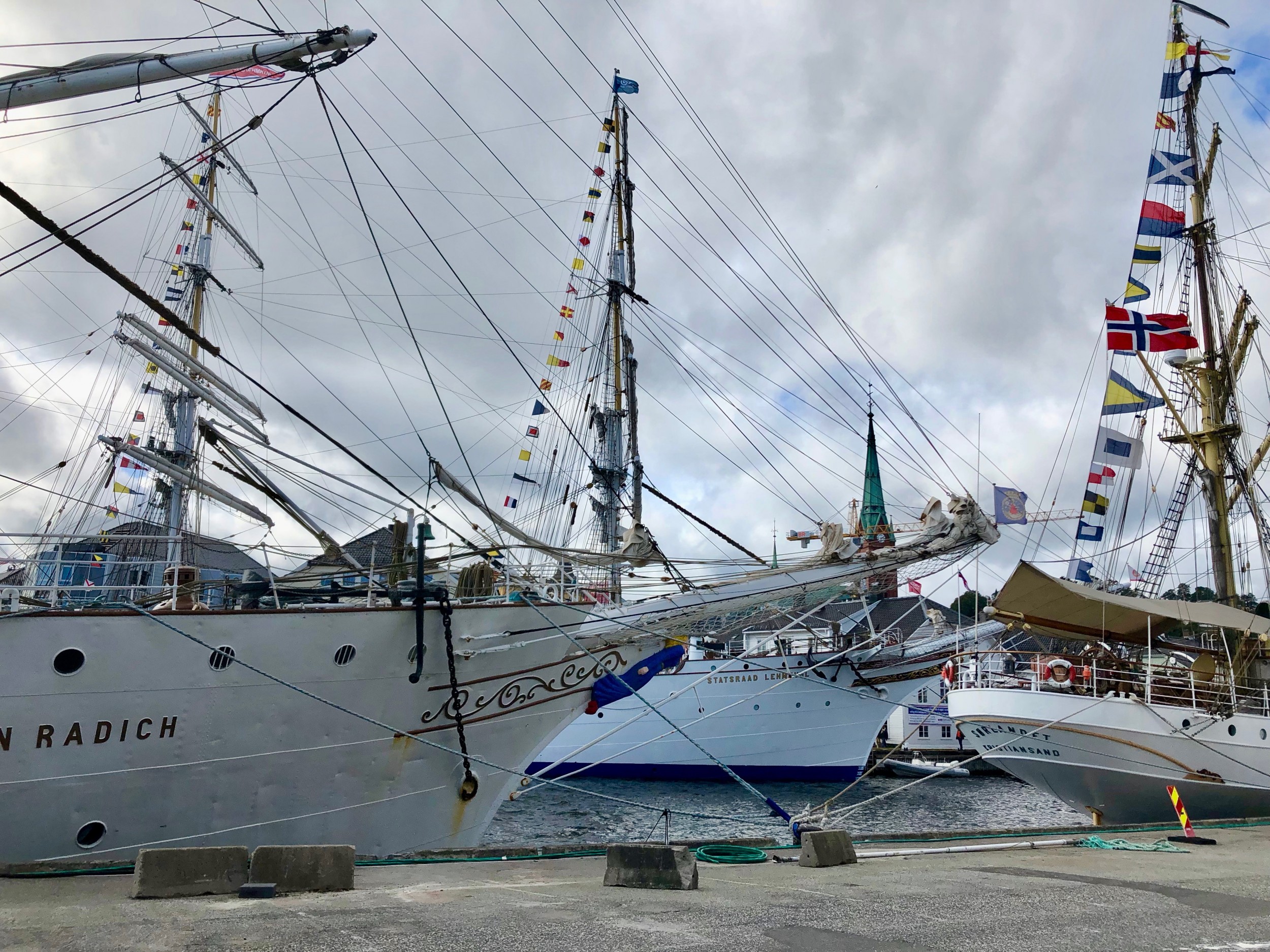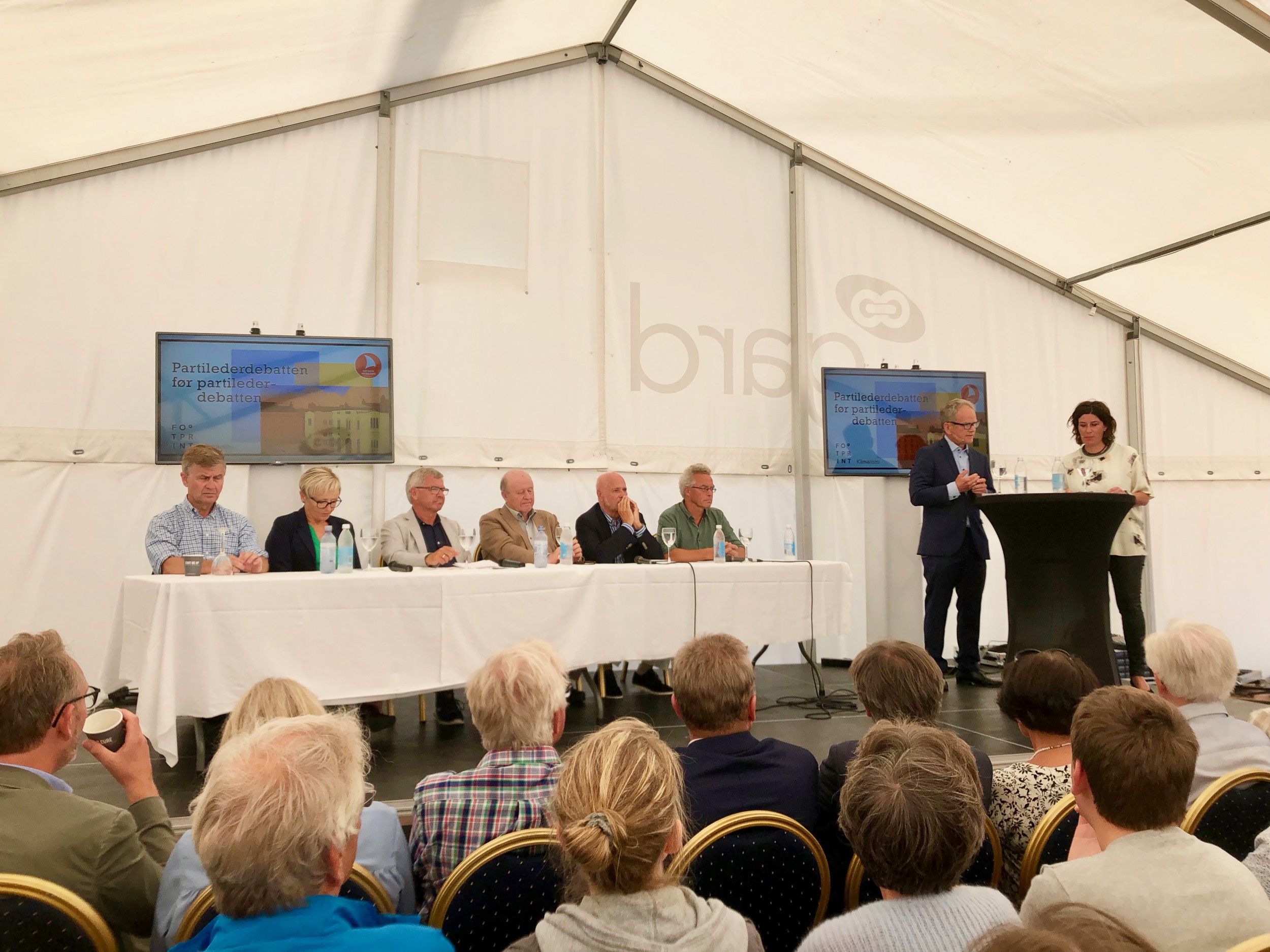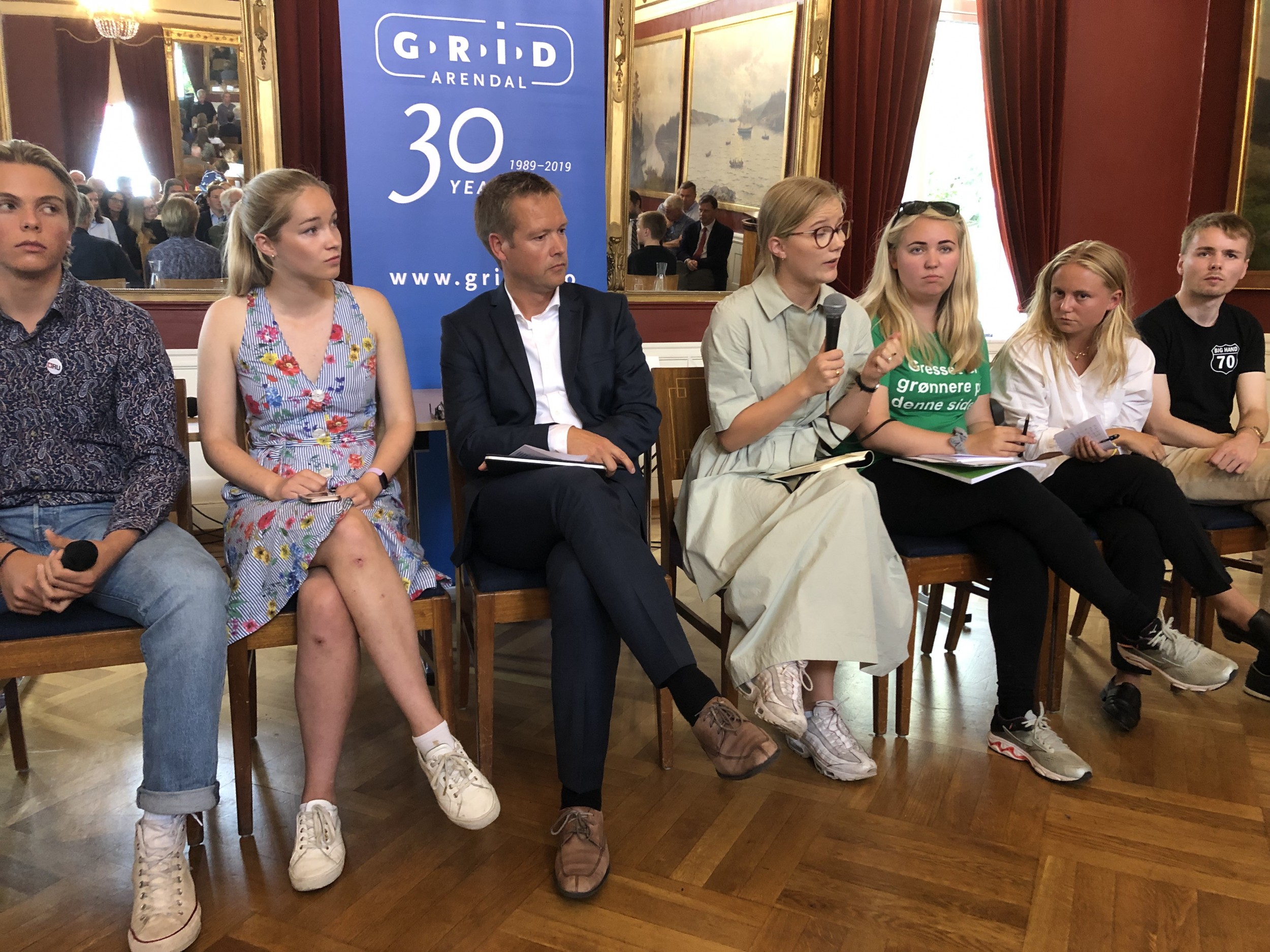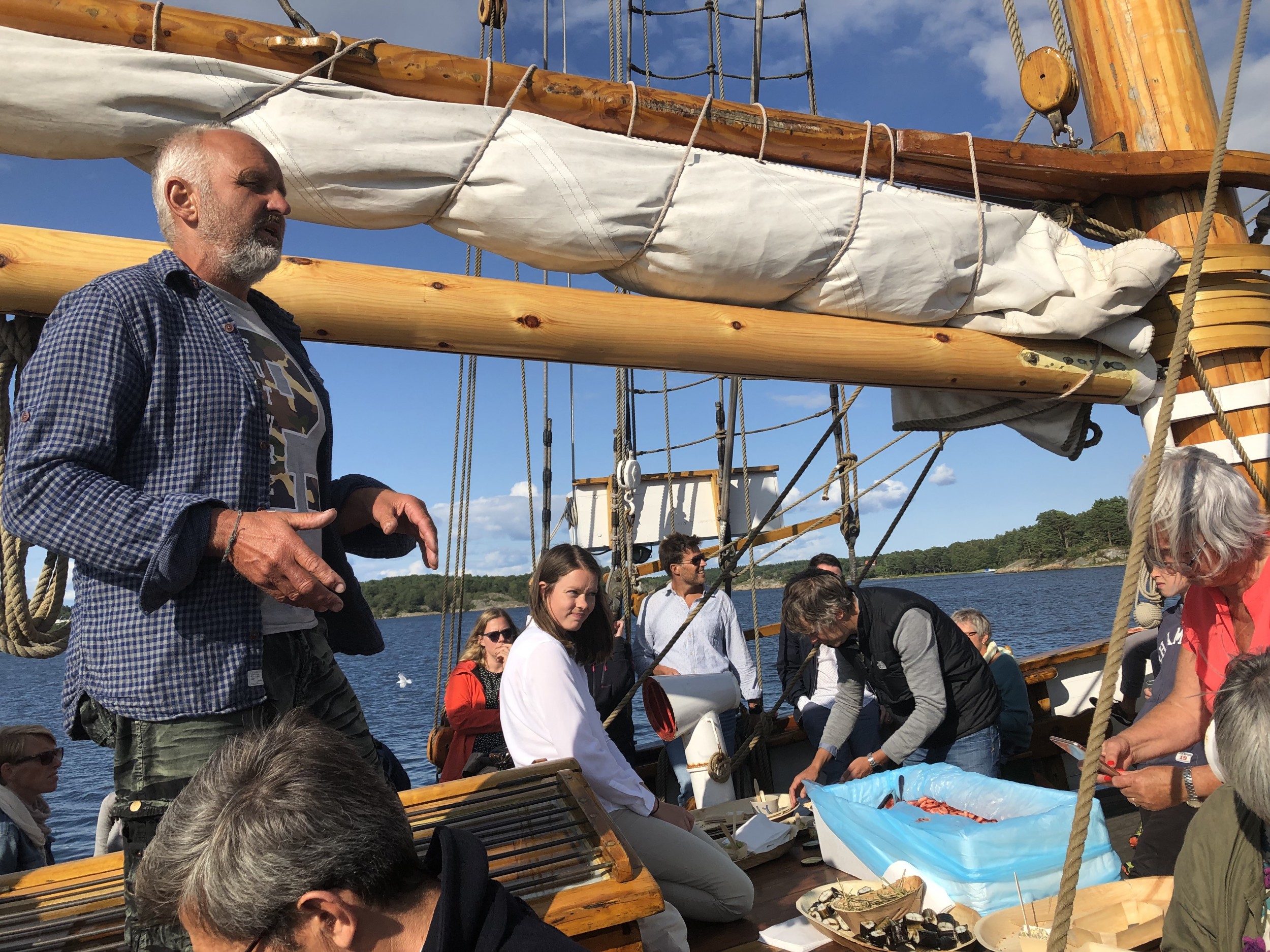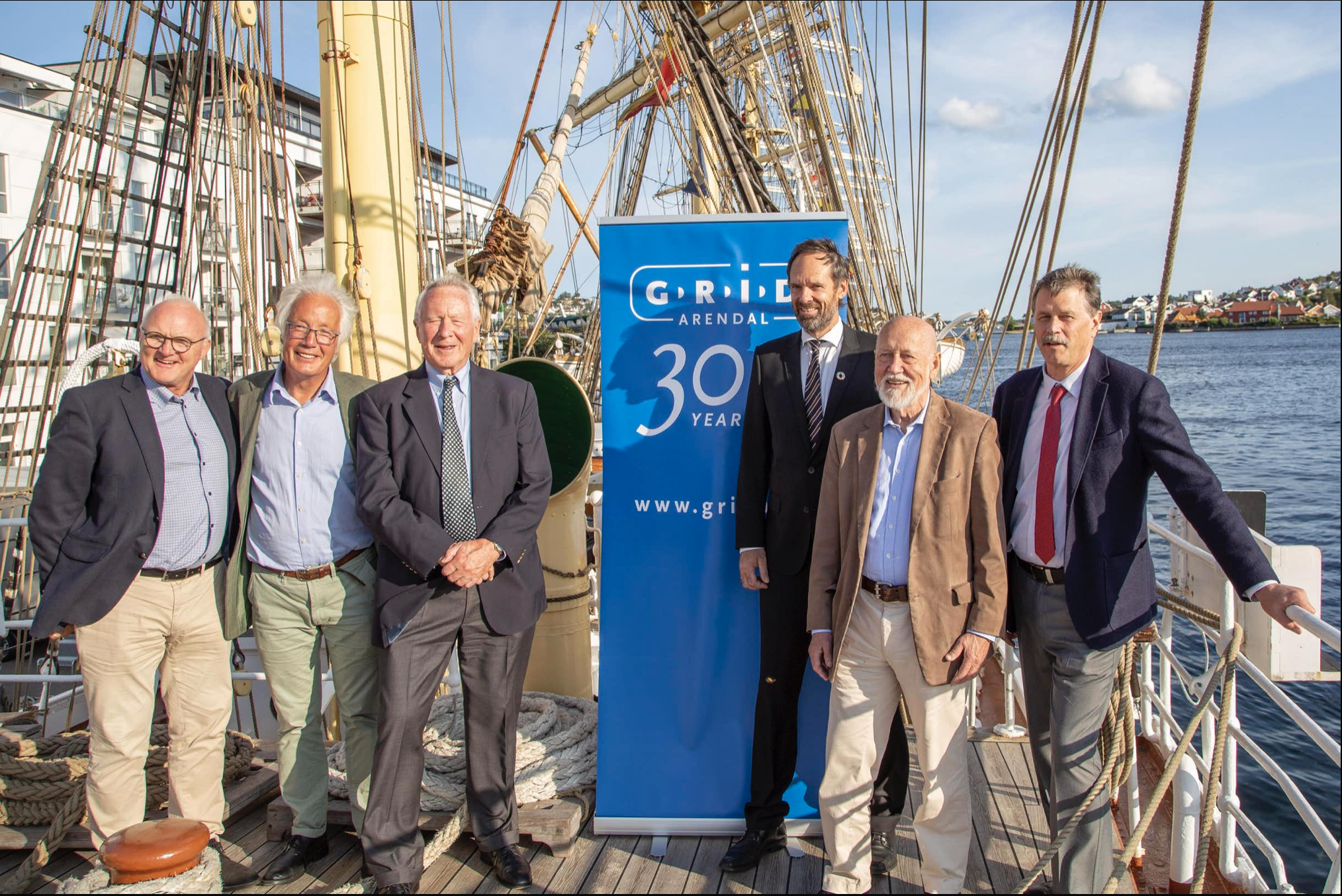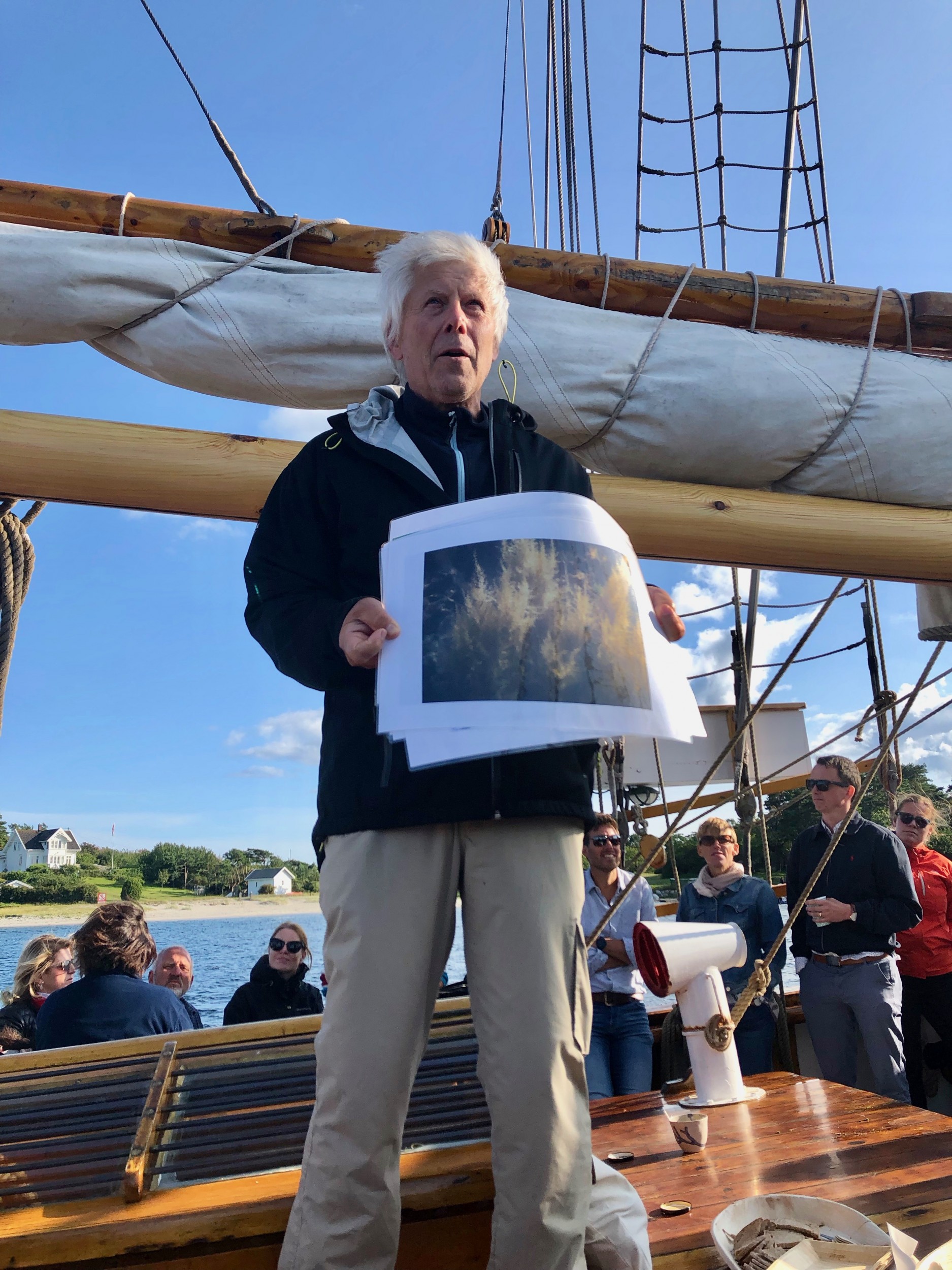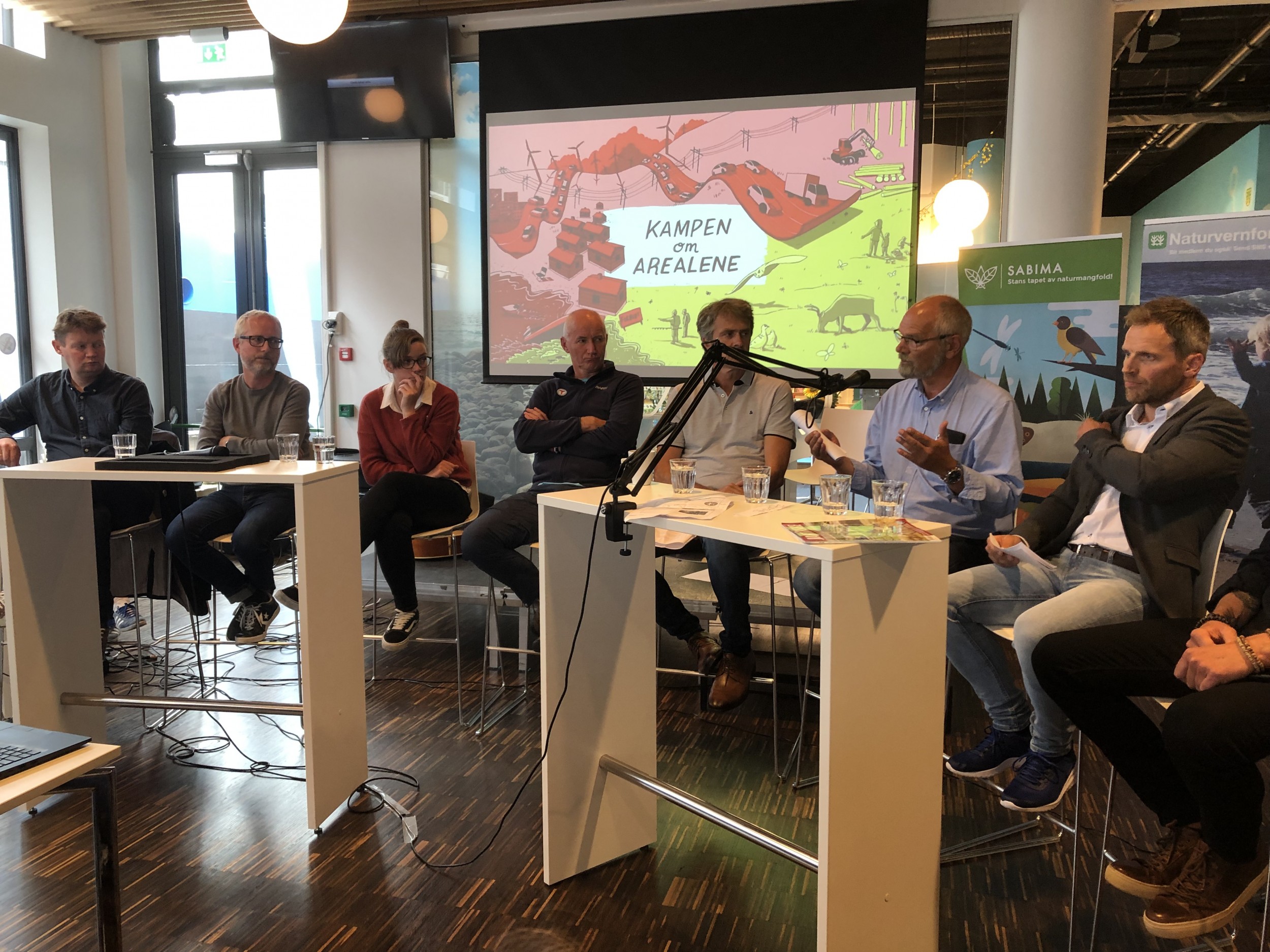Arendalsuka last week, as a national annual event, has continued to be the largest political gathering in Norway. With more than 1200 different events it has been larger than ever. With its mission to strengthen the belief in political empowerment and democracy through open debate and involvement, it covers every year a high diversity of different topics. This time climate and biodiversity were among the most debated.
That young people are pushing and urging their elders in various political parties, became quite obvious in several panel debates. One of these was organised within the programme of GRID-Arendal’s 30 years‘ anniversary celebrations. Teenagers representing different parties’ youth organisations competed wether which has the best climate and biodiversity policy.
“Battle about space” (Kampen om Arealene) was an important topic amongst representatives of conservation-, tourism- and business organisations. Reference was frequently made to the IPBES report from earlier this year as well as to the recent IPCC report. It is increasingly understood that nature needs more space and that climate- and biodiversity protection are equally important.
Concrete demonstration what can be done locally for the protection of our natural environment, was demonstrated during several excursions with S/S Solrik into the marine national park “Raet” just outside Arendal. Great advantage is to have the Flødeviken Research Station of the Norwegian Marine Research Institute in Arendal explaining the high importance to protect e.g. the seagrass or kelp forest habitats. In a Raet national park panel debate on the same sail ship, they could convincingly argue for larger no-fishing zones as they have long experience with such reserves for lobsters. In the same panel, the representative of Naturvernforbundet (the Norwegian Friends of the Earth association) explained very well the key role national parks should play within the global challenge to protect biodiversity. LT&C, therefore, brought forward its vision that local tourism business may play a supportive role to make Raet the best marine national park in Norway by developing it towards international standards (which most Norwegian national parks have not yet met). More educative involvement of visitors, employing rangers, boat traffic regulations including “silent zones”, banning specific fishing gear such as gillnets, increasing no-fishing zones and facing out any waterfowl and marine mammal hunting would need to be implemented to reach the international criteria of a national park.

